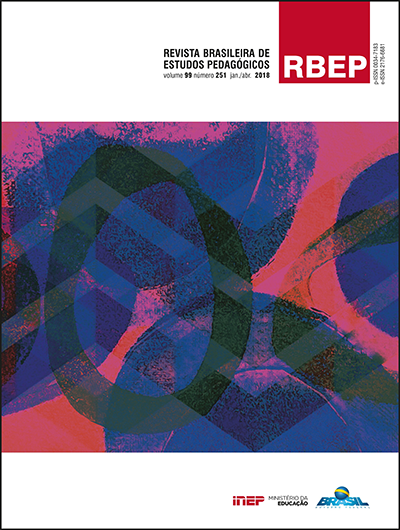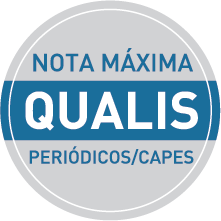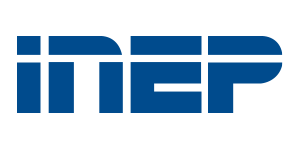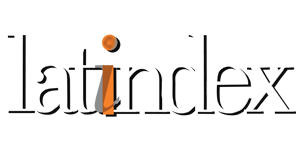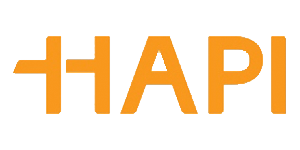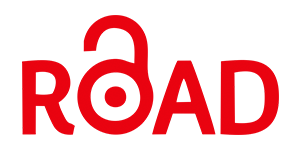An analysis of orality in the Curricular Proposal for the Teaching of Portuguese in the municipal education system of Juiz de Fora (MG)
Abstract
This paper analyzes the notion and school practices of orality in the Curricular Proposal for the Teaching of Portuguese in the municipal education system of Juiz de Fora (MG). This analysis is based on the theoretical assumptions of socio-discursive interactionism, associated with the perspective of the orality-literacy continuum, as well as the grounds proposed to approach orality in the classroom, through which there is a defense of the orality teaching as means for a citizen formation. Grounded in an interactional notion of language, genres are understood as teaching devices, which carry social meanings and also guide the language action. In school, genres provide a possibility to learn through real discursive situations, enabling an expansion of the students' language skills. Thus, this research proposes a document analysis, defining categories from the principles that guide the didactic work with orality. Data indicate that: a) the document presents an interactional conception of language, aligned to the principles of socio-discursive interactionism; b) such conception supports an orality-teaching proposal based on the continuum perspective and articulated to a non-dichotomous view of the oral-written relation; c) genres are key to the development of language skills, constituting an independent oral learning proposal. Nevertheless, data show no re-textualization activities and linguistic reflection over orality, highlighting the prevalence of the oral production.
Downloads
Once their work is accepted for publication, author’s copyrights are automatically relinquished to the National Institute for Educational Studies and Research Anísio Teixeira (Inep).
Since 2016, the journal Revista Brasileira de Estudos Pedagógicos (RBEP) uses the licence CC-BY.
Partial or total reproduction of the content of this Journal is permitted provided that the original publication is properly referenced, as well as a link to license CC BY 4.0 and to indicate any possible alterations made to the article.

